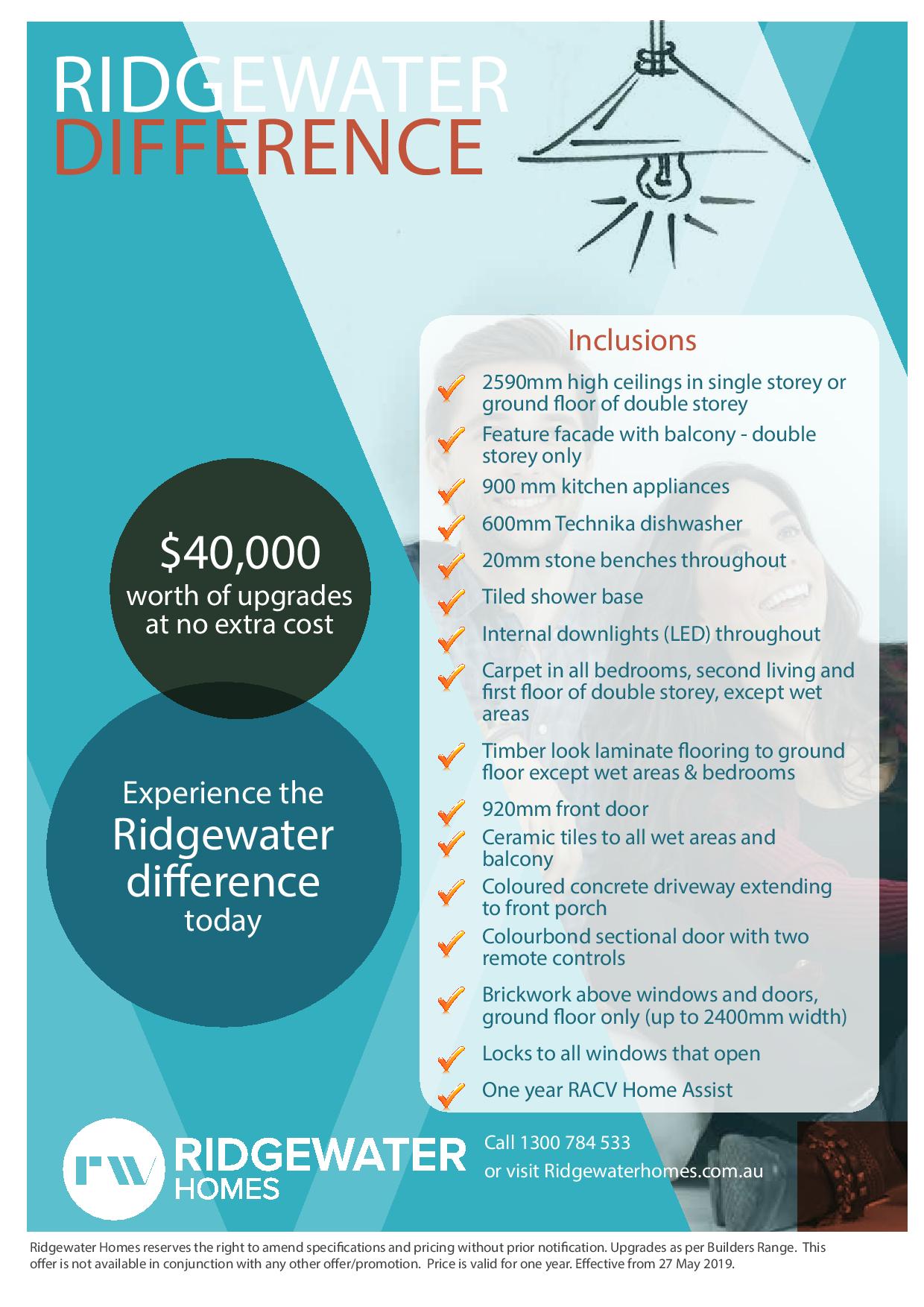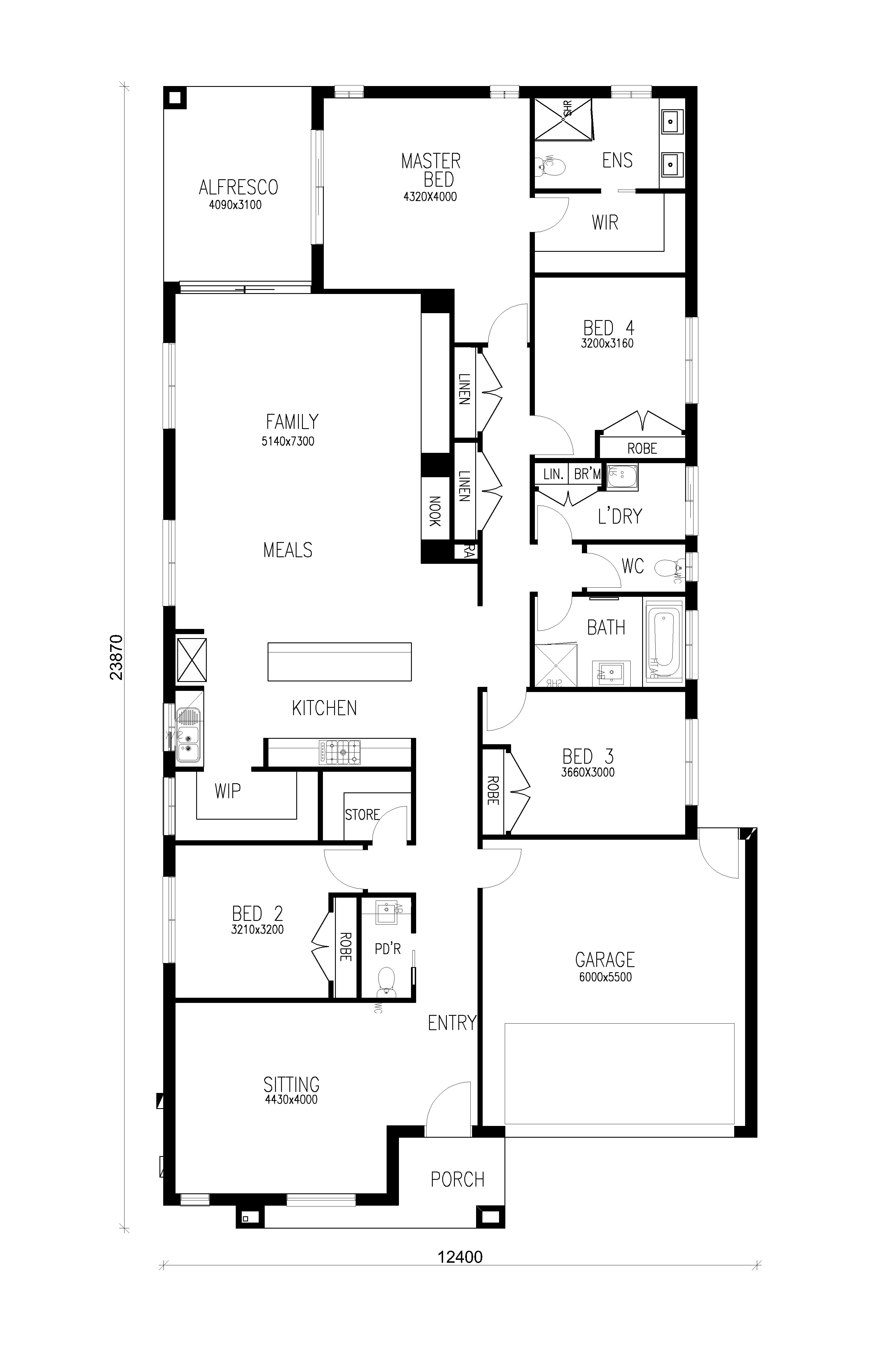How To Pick The Perfect Colour Palette For Your Home
When you walk inside a house, it doesn’t matter what type of furniture and décor there is or how well it is decorated, if the colour of the house isn’t flowing consistently then it is not going to look great. Therefore, it is essential to choose your colour palette carefully, which gives your home that display house look.
Now, how do you choose the perfect colour palette? Yes, we know, the struggle is real. So, here are some amazing tips to make this process easier for you.
Know Your Fixed Features
Before starting the process of selecting a colour palette for your home, you have to take note of the fixed features of the house. The set features include the cabinets, floor, the type of lights, wood, carpet, etc. These are set elements of the house which already contribute to your colour palette.
If you ignore this step, later it can clash with your colour scheme and affect the overall look of your home. Usually, the fixed features are in neutral colours, but it could have different types of undertones. Knowing and understanding the undertones with your colour palette is very important for tying the whole house together.
Consider Your Floor Plan
The colour palette of the house plays a significant role in transforming a space. It can make space appear either larger or smaller. If your house is low, then you should avoid having darker colours in the colour palette for your home. This is because the darker colours make space appear smaller and closed, whereas brighter and lighter colours make space look more open and wider. This doesn’t mean you should avoid darker colour altogether if the space is small. Of course, you can go for it but try to limit it to a single wall or one particular area of the house like the theatre room. You want to make sure the overall colour scheme you have selected while keeping the space of the house in mind.
Having a floor plan while selecting a colour palette also helps with keeping track of the flow of colours from one area of the house to another. You can refer to it to see which area is visible from another room and how the colour of the spaces can be complementary to one another to maintain the consistency.
Location of Your House
Where your house is located will help you select a colour palette better. The climate, landscapes and surroundings of your house might influence your choice of colours. For example, if a house is located near a beach, then going with lighter and fresh colours may be more suitable.
Have Inspiration
Doing some research into popular colour schemes is always a good idea. This will show you current trends and mix of colours which go nicely together. If there is a particular colour you want to feature in your house, you can use this as your inspiration and find a colour scheme to complement it.
Use the Colour Scheme Chart
Now, this is where the decisions begin. Pick a colour you want to have in your home. It could be your favourite colour or the colour of your inspiration. Selecting one colour doesn’t mean you will have to commit to it for a long-term relationship, choose a good neutral, and then you can add many colours in your palette accordingly. You can use the colour scheme chart to help you decide your palette.
Usually, analogous colour schemes (the colour next to each other on the colour wheel chart) work best for informal spaces like bedrooms. It gives a very casual and relaxing feel which is what we want in our private spaces.
Follow 60-30-10 Rule
The rule of 60-30-10 is a great way to plan how to divide your colours. This rule guides you that your main colour should be 60% and it should be a neutral colour. Secondary colour should take up to 30%. The last 10% can be a bold or bright feature colour. Following this rule can make your process a lot easier.
Once you have decided on your colour scheme, then you can add in colours with some decorations. Using décor, you can tie the whole look together to compliment the rest of the house. The paint of your house is a defining feature of your home, and it is something you will live with for a long time.
We hope that our tips have helped you decide on the perfect colour palette for your home.








































































